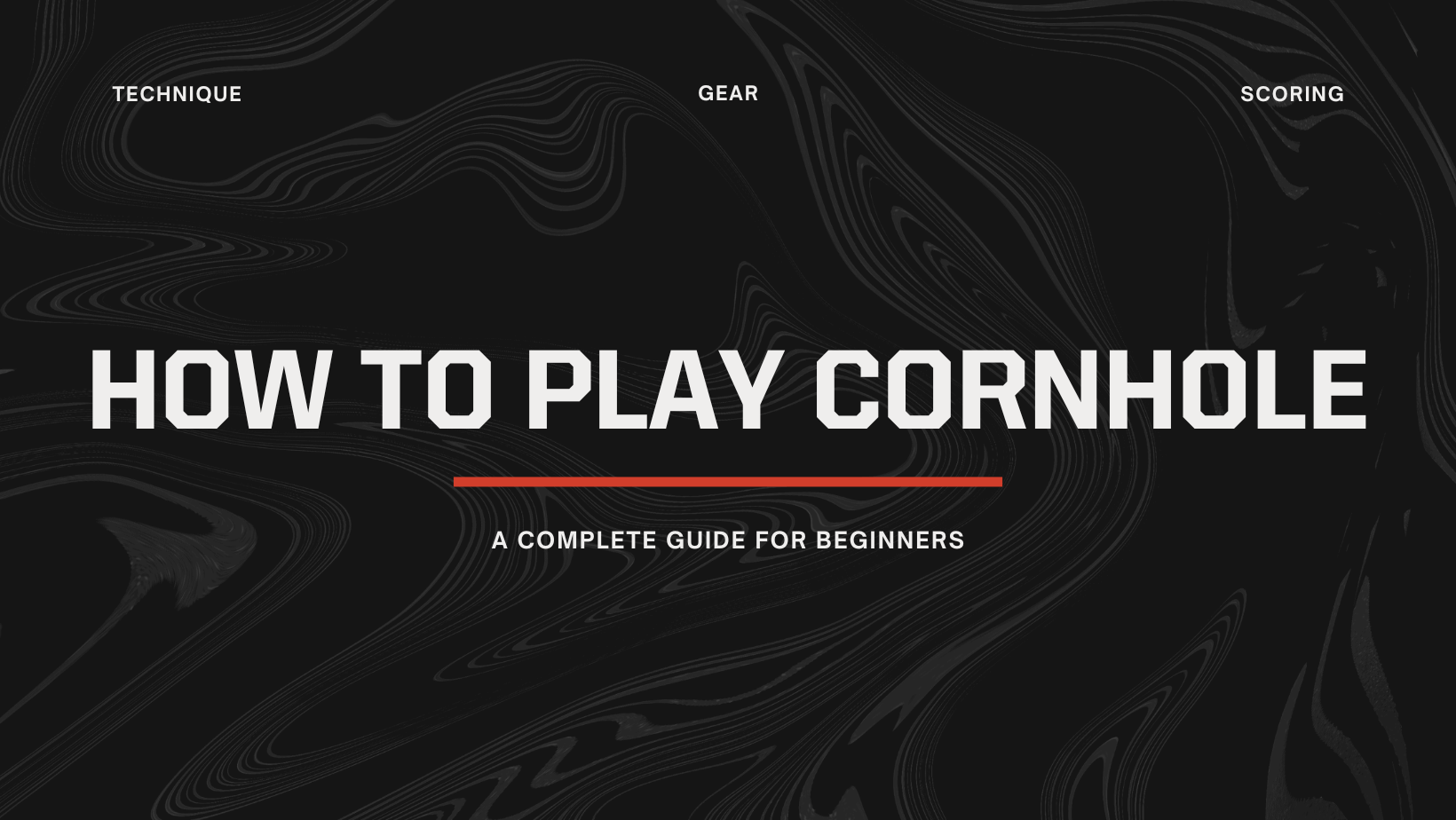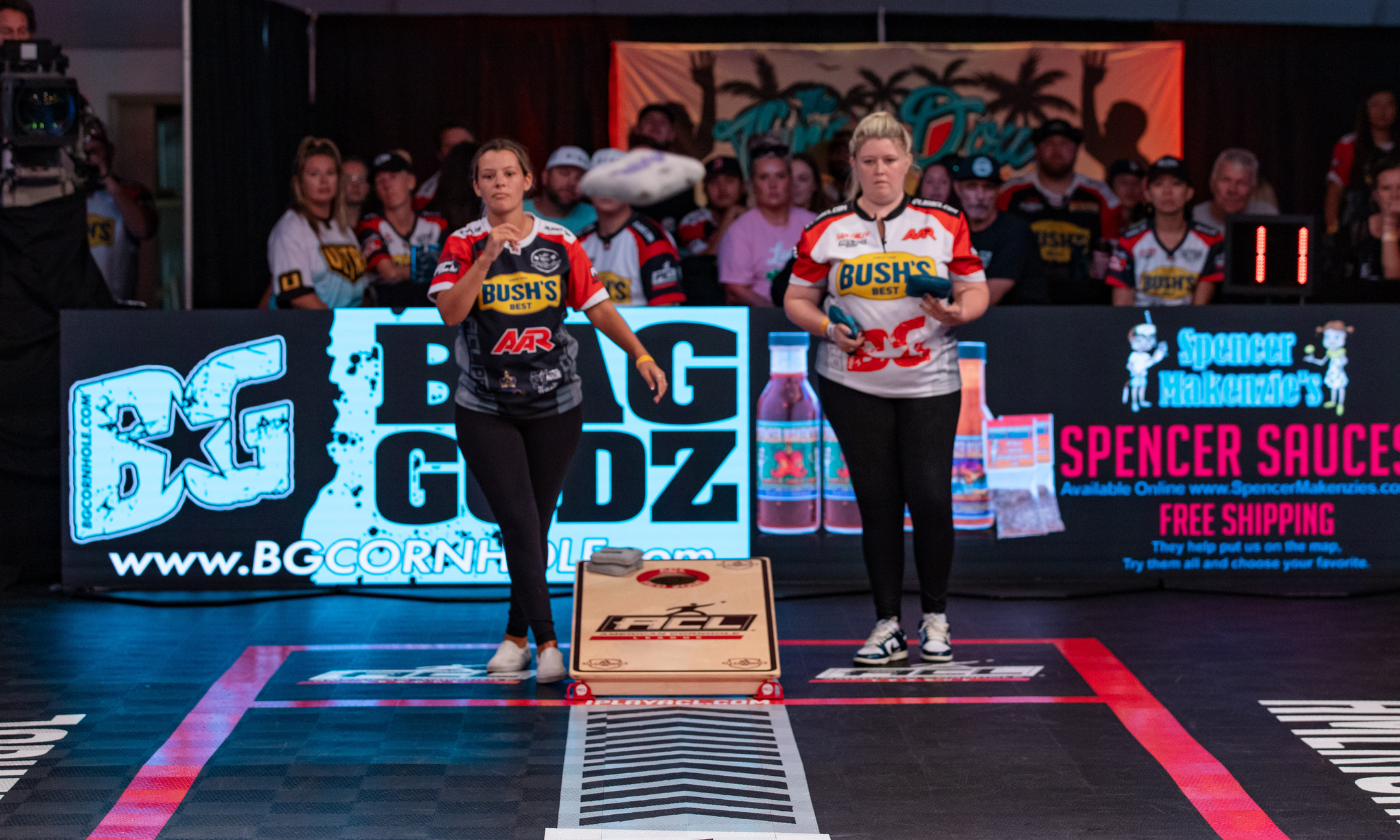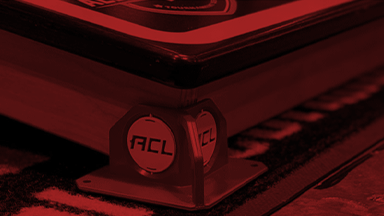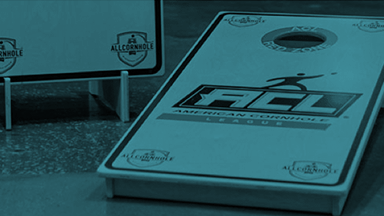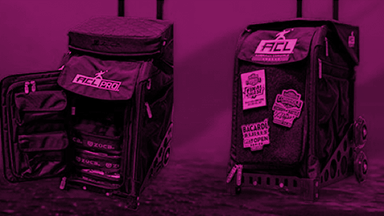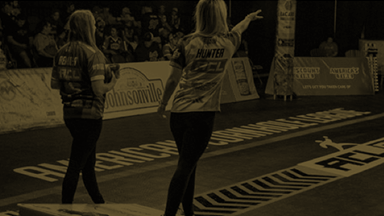Over the last five years, cornhole has become the fastest-growing sport in the United States. There are over 200,000 people registered with the ACL alone, spanning from the best players in the world to the average Joe who just picked up a bag for the very first time.
Founded in the backyard, cornhole is a simple game enjoyed by all ages. If you’re a new player or just want to brush up on the basics, you’re in the right place. Let’s learn how to play cornhole.
What Is Cornhole?
First things first, what is cornhole?
Cornhole is a game that is played at tailgates, parties, bars, and more recently at a professional level. To play, competitors take turns throwing small bags at a wooden board from 27 feet away in an attempt to score points against their opponent. Traditionally, the object of the game is to score enough points to reach or exceed a target score of 21. The game can be played in a 1v1 or 2v2 format, though there are also 4v4 formats in the ACL, though it is a much less common style of play.
Cornhole Boards
Cornhole is played on two wooden boards that are 2 feet wide, 4 feet long, and have a 6-inch hole located 9 inches from the back of the board. The boards are inclined, so the front is lower to the ground than the back side. Measuring from the front of each board, they are placed 27 feet apart. ACL cornhole boards are top-of-the-line and coated with a proprietary finish you won’t find elsewhere, making them the elite choice for your at-home setup.
Cornhole Bags
Cornhole bags are small sacks filled with resin pellets, but were originally filled with corn kernels–hence the name cornhole.
In a singles-style match, there are two opponents who compete against each other. Each player has four cornhole bags. In a doubles-style match, teams are made up of two players, but still share four bags per team.
For American Cornhole League events, cornhole bags should measure 6x6 inches when laid flat, weigh 16 ounces, and be 1.3 inches thick. However, you have a lot more wiggle room if you’re playing in the backyard.
Basic cornhole bags are made with a single fabric that is consistent throughout the entirety of the bag. Alternatively, higher caliber cornhole bags are dual-sided to allow players to utilize more strategy in their game.
In these bags, one side is made of a rougher material that moves slower on the cornhole boards. This is known as the “sticky” or “slow” side of the bag. On the other side, the material is smoother to allow faster play, dubbing it the “slick” or “fast” side. Dual-sided bags open the door for players to have more variety in their shot selections, but we’ll get to that later.
The slick side of the bag is often used for pushing other bags on the board, typically by players who have a higher loft with their throw. These bags glide up the board more easily which allows players more room to slide their bag up and into the hole.
The sticky side produces more friction which allows the bag to stop sooner on the board compared to the slick side. This side is great for a more strategic style of play because it is easier to block your opponent from the hole or roll a bag over another.
There are hundreds of bags to choose from, so it can be difficult to find the right set. However, we’ve already done some of the leg work and created a list of ACL-approved bags to help you find your perfect fit.
Scoring
Scoring can be a little tricky when you’re a new player. This is because we use something called “cancellation scoring” in the ACL. All this means is that the points you and your opponent earn cancel each other out, then only the net points are added to the running total for the game.
If that went over your head, that’s totally okay. Let’s break it down a little more.
Players have four bags per round. To start the round, a player will throw their bag, then alternate with their opponent until all eight bags have been thrown. Once all bags are thrown, the round is over.
To determine who throws first, players can flip a coin or spin a cornhole bag on the board and let the seam point toward the first thrower. From there, the player who scored points in the previous round will be the first to throw in the next round. If no points are scored, the player who started the previous round will throw first again.
Each bag is scored per player per round. If a player gets a bag on the board, they will get one point. If they get a bag in the hole, they will get three points. No points are awarded for bags that land anywhere other than on the board or in the hole. Points are then added together for each player to give a total score for that round.
As previously mentioned, players each throw four bags per round which means they have four chances to gain points. If Player A gets two bags on the board, one in the hole, and one off the board, they would be awarded 5 points. The two on the board are worth 2 points, the one in the hole is worth 3 points, and the one on the ground does not earn any points. However, don’t mark your scorecard just yet; this is where cancellation scoring comes into play.
Let’s say Player B got one on the board and three in the hole. They would be awarded 10 points for that round–9 points for the three in the hole and 1 point for the bag on the board.
We know Player A has 5 points and Player B has 10 points, so we just have to do some simple math now and subtract the lower score from the higher score. Each round of cornhole is scored individually, then added to each player’s total score for the game, so Player A will receive 0 points while Player B will receive 5 points.
Players are awarded points after every round based on this method except for in cases where players score the same number of points in a round. The scores cancel each other out to give them 0-0 for the round; this is called a “wash” in cornhole. In traditional styles of play, the game will continue until a player reaches a total of at least 21 points for the game.
Some backyard players will use something called the “bust rule” where players who exceed 21 points are forced to return to a score of 15 as a penalty. However, this style of play is not used in the American Cornhole League in any capacity.
Check out our Rules & Regulations page for full details about how to play cornhole and keep score.
Gripping Technique
Because all bags in the ACL are two-sided, it is imperative that you learn how to throw what is known as a flat bag.
A flat bag refers to the path of travel a cornhole bag takes through the air after being thrown. You want the bag to spin parallel to the ground, rather than perpendicular. A perpendicular bag tumbles upon landing and is unpredictable compared to a perpendicular bag.
How you grip your cornhole bag is extremely important when throwing a flat bag.The main factor is hand placement. The closer your grip is to the front of the bag, the more natural rotation you will get when it is in the air.
Having control over your bag’s path of travel will allow you to choose which side it lands on and how it reacts once it hits the board, leading to a more strategic and intentional style of play.
Stance
Every player has their own unique stance when playing cornhole. Variations can include stepping vs staying still, putting your left or right foot forward, and more. Ultimately, you want to find something that is comfortable and allows you to have maximum control over your throw.
One of the first decisions you should make regarding your stance is whether you want to step.
Those who step often choose this because they prefer the rhythmic tendency that comes with it. It’s the same motion every time, just like a pitcher’s windup in baseball.
The only downfall is that having more moving parts provides a larger margin of error. It takes a lot of time, effort, and practice to get those mechanics down to where you can do the exact same movement every single time.
Alternatively, players who stand still are looking for the highest level of consistency with the minimum amount of movement. They’re likely to achieve this more quickly, but have the potential to retain less power and momentum compared to steppers. Interestingly, most players in the ACL Pro division elect to stand still when they throw.
After you figure out if you want to step or stay still, you can test out foot placement, distance from the board, and other factors that impact your throw. It’s a learning process, so don’t be afraid to try out different stances throughout your cornhole journey. Even top ACL Pros like Matt Guy have been known to switch up their methodology as the competition grows and develops.
Shot Types
If you’ve made it this far, you’re ready to dive into the five main shot types of cornhole.
The first and most basic throw is called the slide shot. This label describes when your cornhole bag lands on the board (hopefully near or in the center) and slides up the board into the hole. This is the most common and essential shot in the sport of cornhole, making it the perfect starting point for new players. Once you master this, it’ll be easier to add new shot types to your arsenal.
The second-most-utilized shot is called a block or a blocker bag. An attempt to combat a slide shot, the block is thrown with more arc, but less power to allow the bag to not just land on the board, but also stop moving. The goal of this bag is to prevent your opponent from sliding their bags into the hole. It does exactly what its name says–blocks.
If your opponent throws a block, you need to be able to maneuver around it or through it. If you choose to run through it, you’ll want to use a push shot. To throw a push shot, toss your bag with the slick side down at a lower trajectory while giving it a little extra power. You want to throw the bag hard enough that the momentum will push both your and your opponent’s bags up and into the hole. In some cases, you can even push your opponent’s bags out of the way altogether for your benefit.
Every sport has their money shot and cornhole is no different. One of the most popular shots in cornhole is the airmail. An excellent way to maneuver around bags, the airmail takes your bag up and over everything to land directly in the hole. To throw an airmail, you should toss your bag higher and harder with the intent of going straight down into the hole without touching any part of the board along the way. This is a great option if you don’t want to attempt a push shot. It’s the flashiest shot in cornhole, but also the hardest to master, so use it wisely.
The fifth and final shot selection takes a significant amount of skill and knowledge of mechanics to hit–the roll shot. To execute a proper roll bag, you’ll first need to have a blocker in your way. When you don’t want to push through a bag or attempt an airmail, you can bust out a roll shot to carry your bag over another on the board.
To hit a roll shot, you’ll want your bag to land directly in front of the blocker and then bounce forward from the momentum of your throw, cartwheeling over your opponent. In most cases, the bag needs to come in at a different angle than other shots which means changing mechanics mid-game can be difficult. This bag can be pretty tough to master, but will become an invaluable part of your cornhole game once you do.
Once you master these five essential shots, you’ll be ready to move on to the flashier stuff like bars of soap, rodeos, AND1s, and more.
We’ve talked about gear, scoring, technique, and shot types, so you’re ready to start playing! Visit our Player page for step-by-step instructions on how to get started with the American Cornhole League. We’ll see you on the courts.






